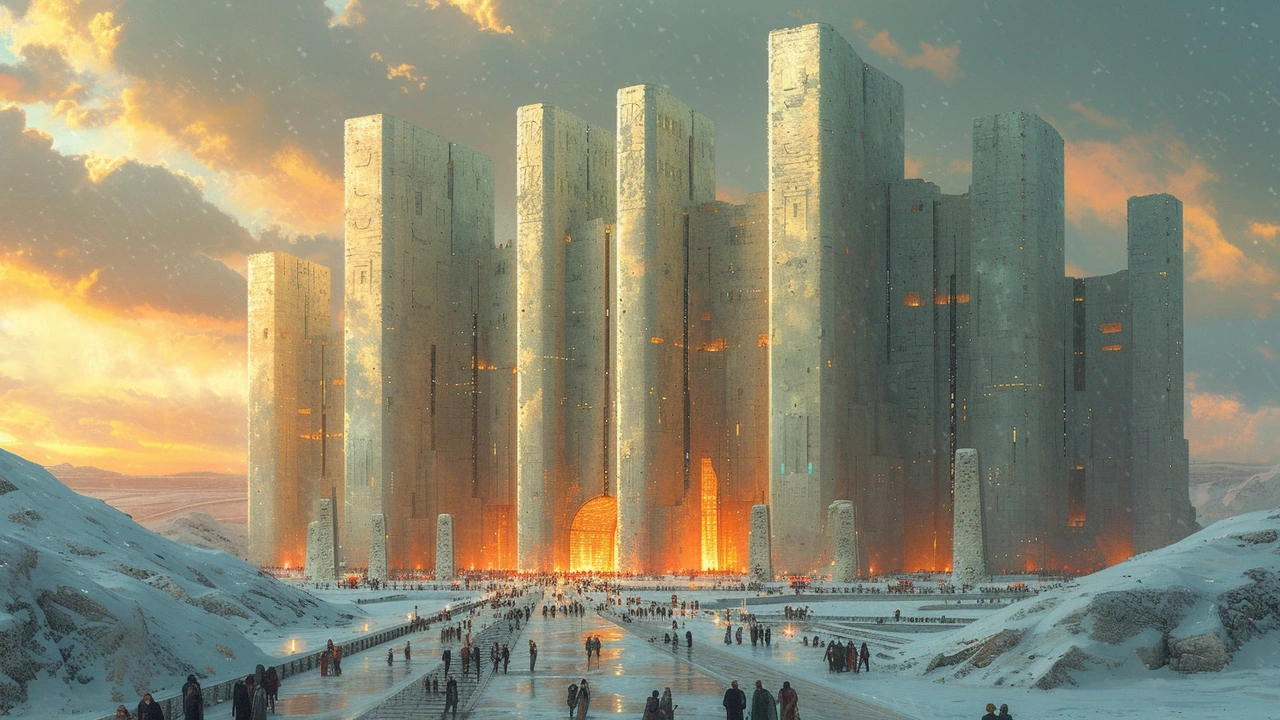Modern Buildings: How to Recognize What Makes Them Modern
Some modern buildings look like clean boxes; others feel like bold sculptures. What ties them together is a focus on function, new materials, and ideas about how people use space. If you want to spot modern architecture on the street or while traveling, you only need to know a few clear clues.
Key features to look for
First, check the materials. Steel, glass, and exposed concrete are all common in modern buildings. Big glass walls and open floor plans aim to bring light and flexibility. Second, look at the form: simple geometric shapes, flat roofs, and visible structure often signal a modern approach. Third, notice details: minimal ornament, clear lines, and an emphasis on utility over decoration are typical.
Different movements under the “modern” label will tweak those basics. The International Style favors flat surfaces and glass façades. Brutalism highlights raw concrete and massive forms. Postmodern buildings bring playful colors and historical references back into the mix. Minimalist buildings strip everything to essentials. Knowing these labels helps, but the visual clues above are faster for everyday spotting.
Why materials and tech matter
Modern architecture often follows innovation in materials and engineering. Advances in steel and glass made taller, lighter buildings possible. Concrete let architects shape bold curves and cantilevers. Today, technology pushes modern buildings toward sustainability: triple-glazed glass, advanced insulation, and smart HVAC reduce energy use. When you see solar panels, green roofs, or large south-facing glass walls with shading, you’re often looking at a modern building that also cares about energy performance.
Adaptive reuse is another modern idea worth watching. Turning factories into lofts or warehouses into galleries keeps the old shell but adds modern systems inside. This approach blends history with contemporary needs and is common in cities where space is tight.
If you want to learn fast, take photos and compare them later to quick online guides—focus on roof shape, window pattern, and visible structure. When visiting a building, ask about its layout: does the interior feel open and flexible? Are materials left exposed or covered up? Those answers tell you whether the design values honesty and function, which are core to modern thinking.
Finally, don’t assume “modern” means recent. Modern architecture began in the early 20th century and is still evolving. A 1930s factory and a 2020s eco-office can both be modern, but they’ll show it in different ways. Look for function, materials, and an attitude toward light and space—and you’ll be spotting modern buildings like a pro.

Constructivist Architecture: Transforming the Way We Build
Diving deep into the fascinating world of Constructivist Architecture, this article sheds light on how it revolutionizes the way we build. As we unleash the story behind these modern buildings, our perceptions of architecture itself get deconstructed and reconstructed again. Almost as if we are living within a transformational blueprint, we experience a true architectural revolution. It's a journey that redefines the lines between unique design and practical functionality. This trip into Constructivist architecture is more than a discovery; it's an unfolding of the innovative construction tale.
Read more